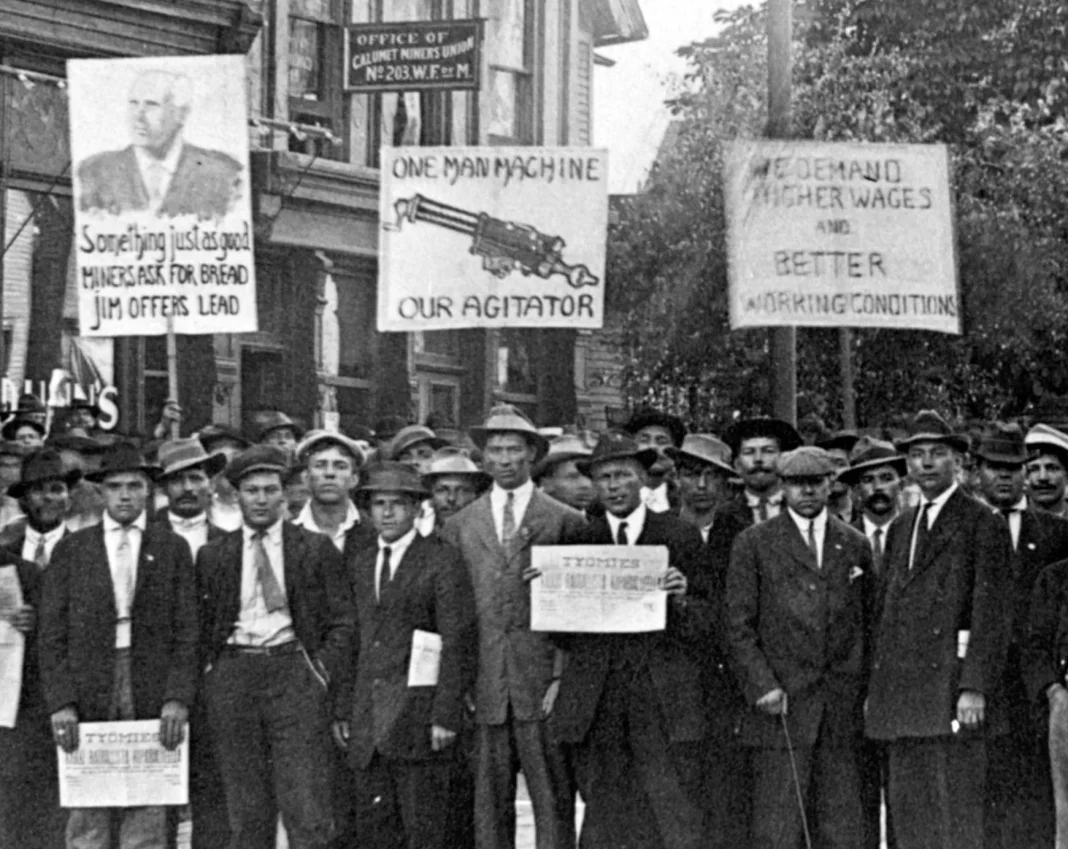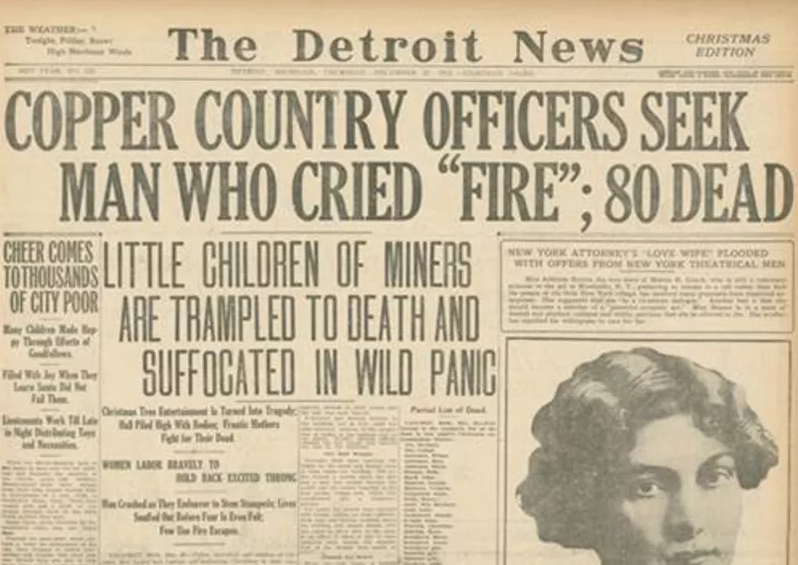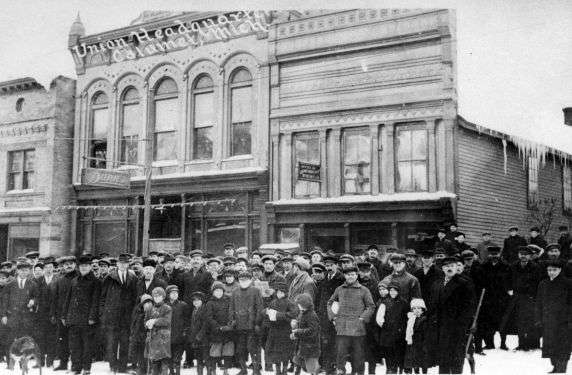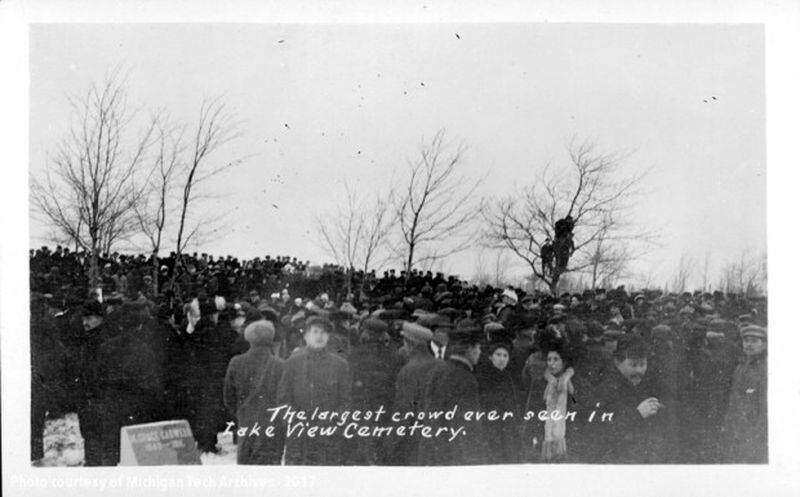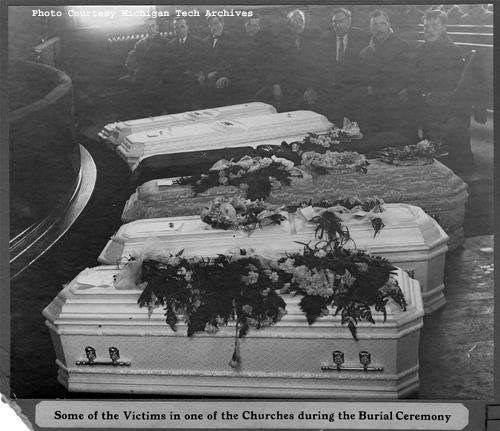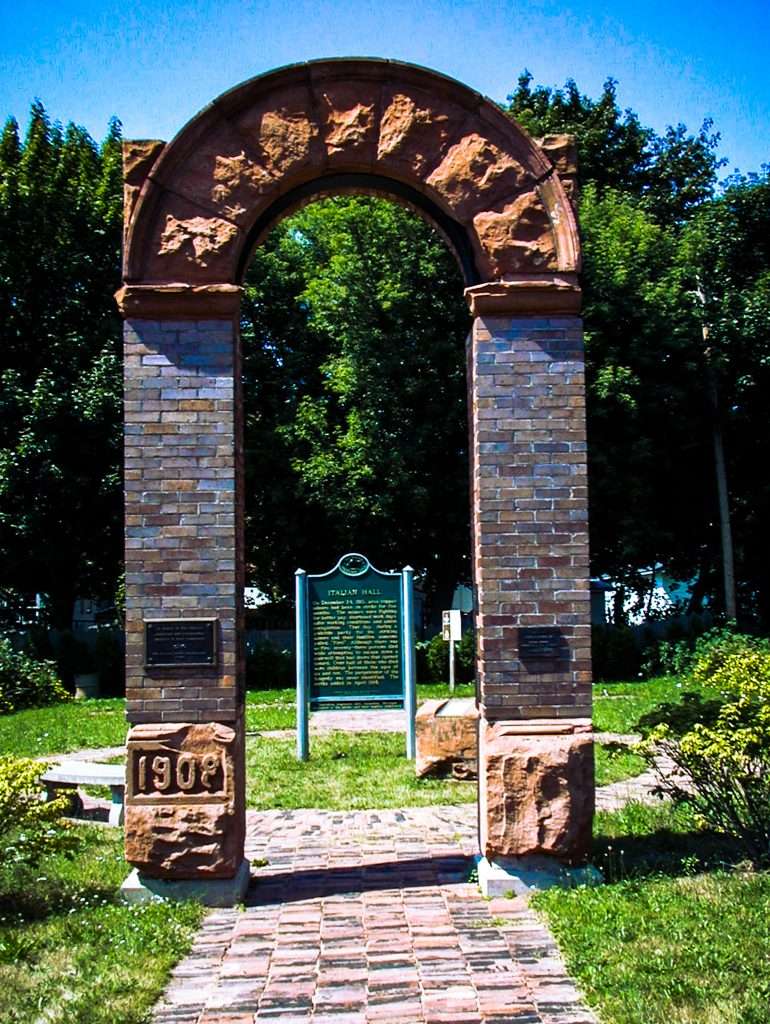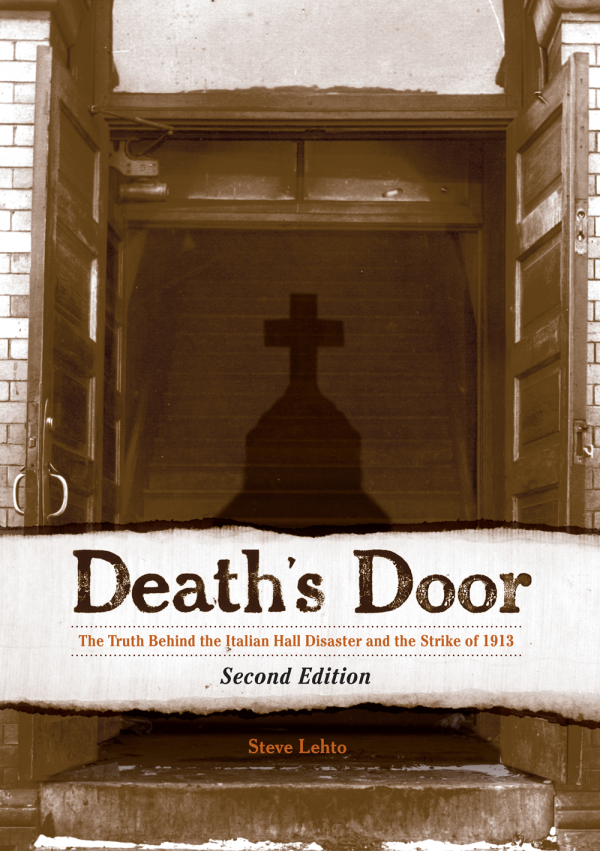We would be remiss if we profiled the copper mines in Michigan and didn’t mention one of the greatest tragedies in Michigan’s history, one directly tied to the mines and the labor struggles of its workers. The labor movement in Michigan has a long history of workers’ struggles toward better working conditions, fair wages and the right to organize. The 1913 Copper Mine Strike was no different. This strike, however, took a tragic turn.
Known as the 1913 Copper Mine Strike and Massacre, or the Italian Hall Disaster, this tragedy stands as a somber chapter in the history of labor struggles in Michigan. Workers of the copper mines in the Upper Peninsula were predominantly of Finnish and Croatian descent, many not able to speak fluent English. This fact led to a lot of lore surrounding the specifics of the tragedy and how it was investigated.
As is always the case in these instances, tensions between the mine workers and the mining companies escalated as workers fought for their rights. In response, the Western Federation of Miners (WFM) organized a strike. Not shockingly, the mining companies vehemently opposed the demands of the workers and employed many tactics to intimidate the workers. In the winter of 1913, five months into the strike, the situation reached a boiling point, leading to the infamous tragedy.
On Christmas Eve of that year, a holiday celebration was organized for the striking workers and their families at the Italian Hall in Calumet. As the festivities unfolded, someone falsely shouted “fire,” triggering panic in the crowded hall. In the stampede that followed, 73 people, including 59 children, lost their lives in the crush at the bottom of a stairwell when the crowd encountered closed doors to the hall, preventing them from flooding out into the street and escaping the building.
There was no fire.
It is believed that the shout of “fire” was intentional and initiated by the mining companies in an attempt to create chaos and undermine the solidarity of the striking miners.
Author, attorney, historian and Italian Hall Disaster expert Steve Lehto claims that all evidence points toward the mining companies, and one of their cronies in particular. In his second edition of “Death’s Door: The Truth Behind the Italian Hall Disaster and the Strike of 1913,” published in 2012, he draws a correlation of the evidence and identifies the shouter as Edward Manley.
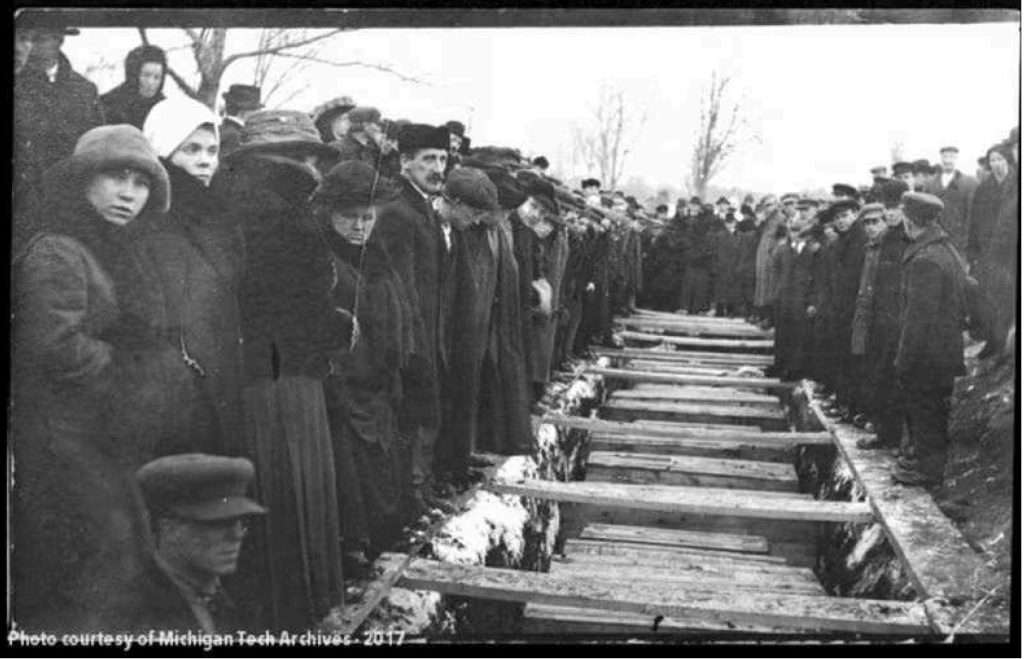
Lehto claims in an email to Corey Robin, a blogger who was dissecting the origins of Oliver Wendell Holmes’ image of a man shouting “fire” in a crowded theater: “All strike long, Manley and his cohorts had disrupted union activities, and his kind were not welcome at the pro-union Christmas party. The papers bent over backwards to give the man an excuse for being there but the amazing thing is that he was whisked away from the scene that night, and then from the area the next day. He was never mentioned again in the newspaper coverage and was never called as a witness at any of the hearings even though his testimony should have been highly useful to investigators. There is more, but that is the gist of it.”
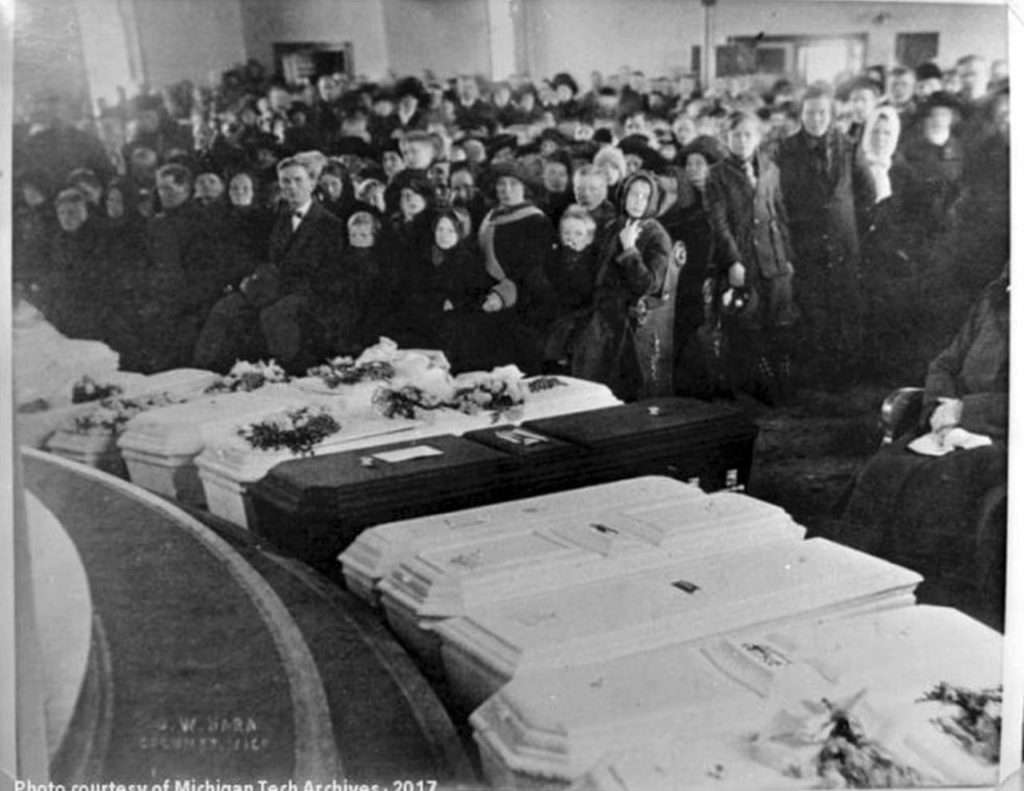
Freedom of speech does not give a person the right to shout fire in a crowded theater
Supreme Court Justice Oliver Wendell Holmes, Jr.
The aftermath of the massacre spurred further activism and intensified the labor movement in the region. It became a rallying cry for workers’ rights and drew attention to the harsh conditions faced by those toiling in the mines. The 1913 Copper Mine Strike Massacre remains a poignant reminder of the sacrifices made by the laborers and their families in the pursuit of fair treatment and humane working conditions during one of many tumultuous periods in Michigan’s history.
Footnote:
Though we can only speculate, Justice Oliver Wendall Holmes’ famous quote could have indeed been inspired by what transpired on Christmas Eve 1913 in Calumet, Michigan. The tragedy made national news.
Additional Resources
Photos courtesy of Michigan Tech and other archivesas referenced
Purchase Steve Lehto’s book about the 1913 Massacre, “Death’s Door: The Truth Behind the Italian Hall Disaster and the Strike of 1913.”








